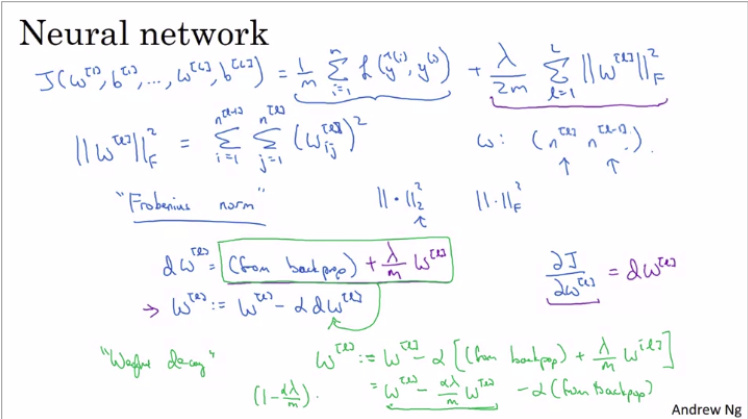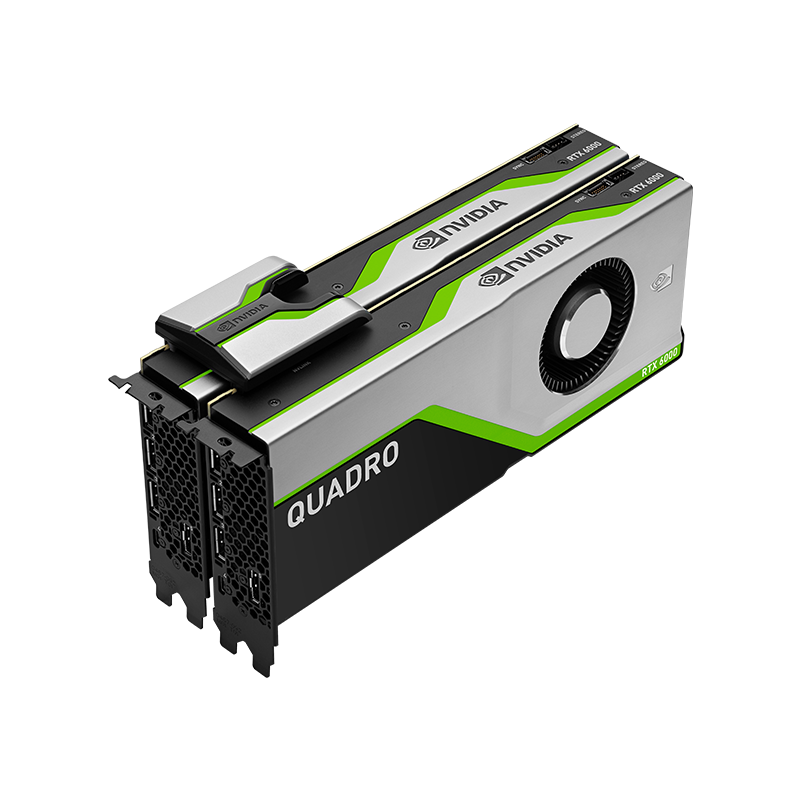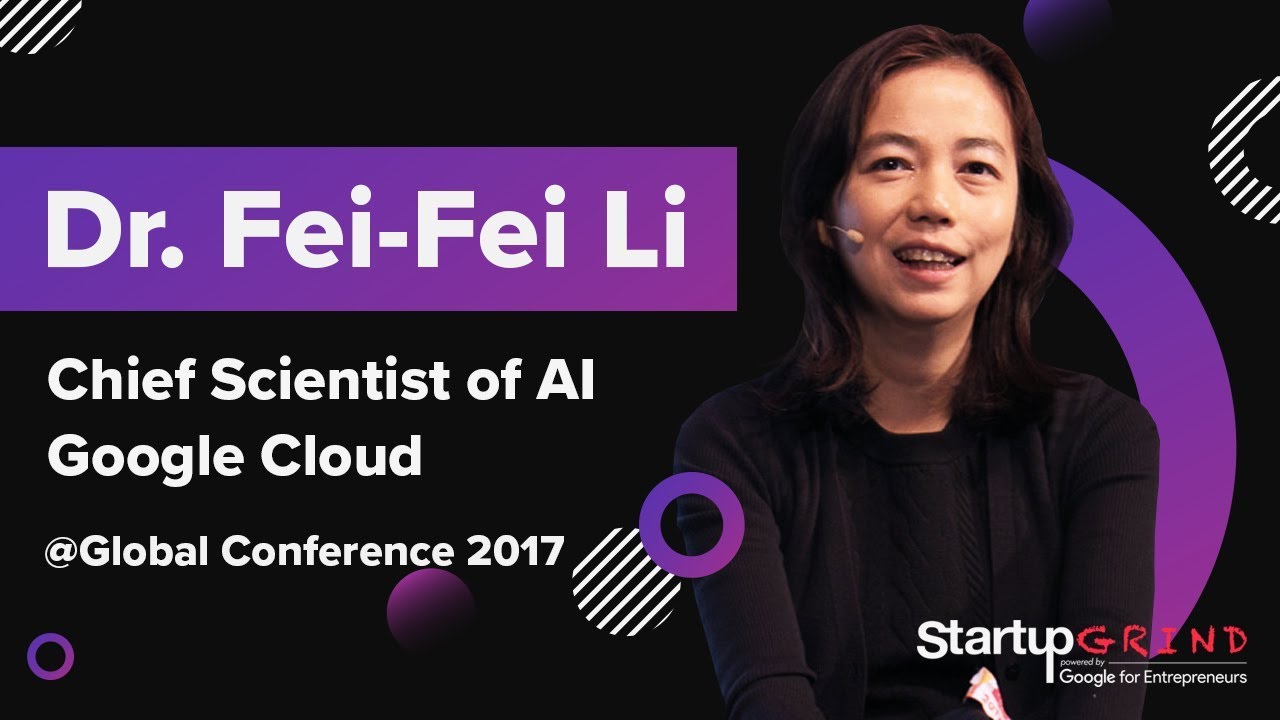
There are fundamental differences between deep-learning and machine learning. The former relies upon unsupervised learning while the latter uses huge datasets and advanced computing tools. Let's compare these two methods, and find out what the main difference is. To understand the differences, it helps to have a better understanding of the concepts of both. For more information, read this article! We will also discuss the drawbacks and benefits of each method.
Unsupervised learning
Unsupervised learning does not rely on data tagged with humans as supervised. For example, unsupervised learning algorithms can identify natural clusters or groups based on a dataset. These algorithms, also known as "clustering", can detect correlations between data objects. Unsupervised learning also allows for anomaly detection which is used in banking to spot fraudulent transactions. The use of unsupervised learning techniques is increasingly common as people seek to make computers smarter and more capable of completing tasks.
It is the type of problem that is more appropriate for which approach to be used that makes the difference between supervised learning and unsupervised. If reference points and ground reality are not available, supervised learning is ideal. It is not always easy to find clean, well-labeled datasets. Supervised learning algorithms are best suited to solving real world computation problems. However, unsupervised learning methods can be used to find interesting patterns in data.

Large data sets
Machine learning employs many different types of data. These data can be divided into four types depending on what task they are being used for. This article will cover the various types of data you can use to build machine learning models. This article also discusses some of the most commonly used methods for extracting machine learning data. Below are the most popular methods to obtain machine learning data.
Online tutorials are a great way to access large datasets. Kaggle is a community-driven platform that hosts tutorials for hundreds of real-world ML problems. These datasets, which are often free, can be provided by companies and international organizations as well as educational institutions like Harvard or Statista. A Registry of Open Data is another place that provides free data. It allows anyone to post data. Once you have access the data you can use Amazon data analytics to explore it further and make it more actionable.
Power requirements
In the near future, devices with AI capabilities will not require a lot of power, which is the perfect solution for portable platforms. It is not clear what the power requirements are for these systems. The cloud providers do not publicly disclose their overall power consumption for machine learning systems. Google, Amazon and Microsoft declined to comment on this issue. Although AI systems offer promise, they are not sustainable due to their high power consumption.
The number of training data sets increases, so the power requirements for machine-learning algorithms also rises. A single V100 GPU consumes about 250-300 watts. A system that contains 512 V100 GPUs uses 128,000 watts or 128 kilowatts. MegatronLM was used for training a neural network. It consumed 27,648kWh. Three homes use about the exact same amount of energy. Machine learning algorithms can be trained using new techniques that lower the energy required. However, many models still require enormous data to train.

Applications
Deep learning and machine learning are powerful tools for business intelligence. They can also be used by analytics vendors and resource management systems. Semi-autonomous vehicles use machine learning algorithms in recognition of partially visible objects. And a smart assistant usually combines supervised and unsupervised machine learning models to interpret natural speech and provide context. These techniques are becoming increasingly popular. Continue reading to learn more about machine learning and deeplearning.
Facebook and other social networks use machine learning algorithms for automatically classifying photos. Facebook automatically creates albums from photos that have been tagged by users. Google Photos, on the other hand, uses deep learning to identify every element of a photo. One striking example of a Deep Learning application is product recommendation. E-commerce websites use this technique to track user behavior and make product recommendations based on past purchases. This technology is used in smart-face locks, for instance.
FAQ
What are the benefits from AI?
Artificial Intelligence (AI) is a new technology that could revolutionize our lives. Artificial Intelligence has revolutionized healthcare and finance. It's expected to have profound impacts on all aspects of education and government services by 2025.
AI is already being used to solve problems in areas such as medicine, transportation, energy, security, and manufacturing. As more applications emerge, the possibilities become endless.
What makes it unique? It learns. Computers can learn, and they don't need any training. Computers don't need to be taught, but they can simply observe patterns and then apply the learned skills when necessary.
It's this ability to learn quickly that sets AI apart from traditional software. Computers are capable of reading millions upon millions of pages every second. They can quickly translate languages and recognize faces.
It can also complete tasks faster than humans because it doesn't require human intervention. In fact, it can even outperform us in certain situations.
2017 was the year of Eugene Goostman, a chatbot created by researchers. Numerous people were fooled by the bot into believing that it was Vladimir Putin.
This proves that AI can be convincing. AI's adaptability is another advantage. It can be easily trained to perform new tasks efficiently and effectively.
This means that companies do not have to spend a lot of money on IT infrastructure or employ large numbers of people.
What can AI do for you?
AI can be used for two main purposes:
* Prediction - AI systems are capable of predicting future events. AI can help a self-driving automobile identify traffic lights so it can stop at the red ones.
* Decision making - Artificial intelligence systems can take decisions for us. So, for example, your phone can identify faces and suggest friends calls.
How does AI work
Understanding the basics of computing is essential to understand how AI works.
Computers store information on memory. Computers interpret coded programs to process information. The code tells the computer what it should do next.
An algorithm refers to a set of instructions that tells a computer how it should perform a certain task. These algorithms are often written using code.
An algorithm can be thought of as a recipe. A recipe may contain steps and ingredients. Each step represents a different instruction. A step might be "add water to a pot" or "heat the pan until boiling."
Who invented AI?
Alan Turing
Turing was born in 1912. His father, a clergyman, was his mother, a nurse. At school, he excelled at mathematics but became depressed after being rejected by Cambridge University. He started playing chess and won numerous tournaments. He returned to Britain in 1945 and worked at Bletchley Park's secret code-breaking centre Bletchley Park. Here he discovered German codes.
He died in 1954.
John McCarthy
McCarthy was born in 1928. Before joining MIT, he studied maths at Princeton University. The LISP programming language was developed there. In 1957, he had established the foundations of modern AI.
He passed away in 2011.
Statistics
- In 2019, AI adoption among large companies increased by 47% compared to 2018, according to the latest Artificial IntelligenceIndex report. (marsner.com)
- A 2021 Pew Research survey revealed that 37 percent of respondents who are more concerned than excited about AI had concerns including job loss, privacy, and AI's potential to “surpass human skills.” (builtin.com)
- While all of it is still what seems like a far way off, the future of this technology presents a Catch-22, able to solve the world's problems and likely to power all the A.I. systems on earth, but also incredibly dangerous in the wrong hands. (forbes.com)
- More than 70 percent of users claim they book trips on their phones, review travel tips, and research local landmarks and restaurants. (builtin.com)
- According to the company's website, more than 800 financial firms use AlphaSense, including some Fortune 500 corporations. (builtin.com)
External Links
How To
How to Setup Google Home
Google Home is a digital assistant powered artificial intelligence. It uses advanced algorithms and natural language processing for answers to your questions. You can search the internet, set timers, create reminders, and have them sent to your phone with Google Assistant.
Google Home works seamlessly with Android phones or iPhones. It allows you to access your Google Account directly from your mobile device. An iPhone or iPad can be connected to a Google Home via WiFi. This allows you to access features like Apple Pay and Siri Shortcuts. Third-party apps can also be used with Google Home.
Google Home has many useful features, just like any other Google product. Google Home can remember your routines so it can follow them. So, when you wake-up, you don’t have to repeat how to adjust your temperature or turn on your lights. Instead, you can simply say "Hey Google" and let it know what you'd like done.
These steps will help you set up Google Home.
-
Turn on Google Home.
-
Hold the Action button in your Google Home.
-
The Setup Wizard appears.
-
Select Continue.
-
Enter your email address.
-
Select Sign In
-
Google Home is now available